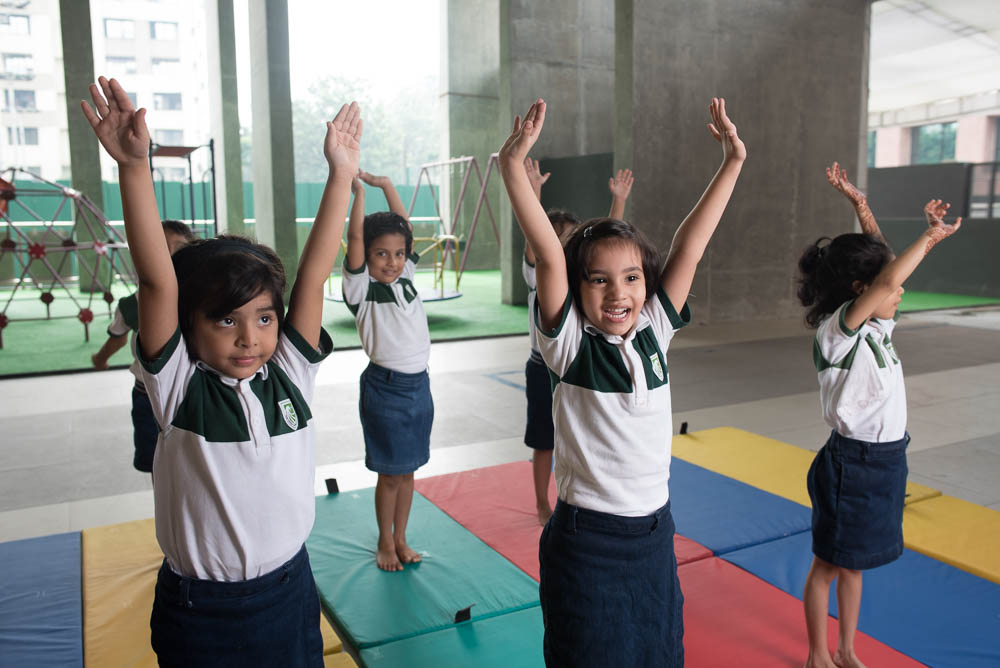A Quick Summary:
We have now been accustomed to a rather sedentary lifestyle as most of us have desk jobs and easy travel options. There is little scope for physical activity, and this is proving to be dangerous for health, as the lack of activity can have adverse effects on the human body. Here are a few ways students be taught to avoid these scenarios:
Schools should come up with a well-made Physical Education program that enables them to build physical and social skills like teamwork. These programs should be dedicated to age appropriate physical movement. It should allow students to run around and play. Many Indian schools have failed to provide efficient PE models for students, however this is also an essential component of the students day and should be factored into the packed school hours.
Here are 3 tips for physical education taken from American physical education systems:
- Physical activities before and after school: like sports or dance for maximum opportunity of physical exercise.
- Planning recesses strategically, so everyone gets a chance to play on the school grounds without it being over crowded.
- Movement during classes wherein teachers create activities that involve students walking around, or simply taking recreational breaks mid class.
These innovative ways to ensure physical activity can go a long way in securing a child’s good health. Maybe we need to introduce a new initiative called ‘Svasth Bharat’ to get India moving.
This blog was published on:
Scroll below to read the full piece.
Our industrialized, hi-tech world has allowed sedentary habits to permeate our lives. All of us have surely come across media warnings cautioning us against this inactive lifestyle, which has resulted in a rise in obesity and other non-communicable diseases like heart disease and diabetes. A few years ago, The World Bank published an article titled Sedentary lives, the other global epidemic’. As Educators, how should we be addressing and even preventing this elusive epidemic?
One very concrete way for educators to equip our young learners is to consider the essential role of physical education in our School Programs. A rich Physical Education (PE) Program builds knowledge and technique in physical skills and games, knowledge of healthy habits and socio-emotional skills associated with sports like grit, teamwork and sportsmanship.
However, an equally essential goal of a PE Program in addition to building this knowledge and skill, is to provide opportunities for physical activity to occur during the school day. Health organizations from around the world including the Ministry of Health and Family Welfare of India recommend that children (ages 5 – 17) move at least 60 minutes a day. In short, besides learning What, Why and How to move and play’, children also really need to just move and play.
Now this may seem fairly obvious, yet most schools in India today struggle to meet this recommendation. And honestly, I can empathize with the struggle – there are so many essential components that we need to fit into these fully packed school days. In an effort to make this happen, we studied several PE Frameworks and found some insightful advice on how to increase physical activity in school, outside of the regular PE classes.
Here are 3 useful tips for schools to think about, from the society for health and physical education of America:
- Create Opportunities for Physical Activity before and after school: Many schools offer a variety of sports as before/after school programs which students can opt for in order to learn a new sport or pursue one they know at a higher level.
- Plan recesses purposefully to promote play: An often overlooked space for promoting physical activity is the recess or break time provided in the school day. Many students flock to a sports ground during recess and coaxing is often not really needed. But schools, especially ones in crowded cities with limited space can increase play further by planning students’ breaks more purposefully. For example, if there are only a few shared spaces for play, having different recess times may provide more opportunities for play.
- Include movement during classes: Movement breaks during academic classes can also contribute to the daily movement quota. I have seen several creative ways in which teachers incorporate movement into the class over the years. Some teachers design learning activities that require students to move while others include simple dance breaks in which students just take 5 minutes to dance or copy some fun choreography from a video.

